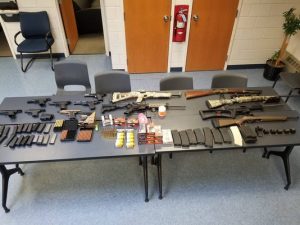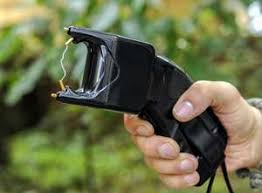As gun rights lawyers we try to keep the public updated on significant changes to New York gun laws. Several new laws are going into effect in New York and gun owners need to be aware.
First, a new gun storage law was passed which makes it a misdemeanor for a gun owner that lives with children under 16 to leave the gun unlocked. The measure amends penal law section 265.45 and leaving a gun unlocked when children live in the home is a class “A” misdemeanor punishable by up to 1 year in jail. In addition, a new penal law section was added 265.50 which makes it a violation, punishable by 15 days in jail to leave a gun unlocked even if there are no children in the home.
Both of these safe storage laws are likely to be challenged and struck down because the United States Supreme Court has made it clear that the Second Amendment protects the right of a person to have a gun for self-defense. By requiring that guns in your home be locked, the government is specifically preventing you from having an accessible gun for self defense.
 New York Criminal Attorney Blog
New York Criminal Attorney Blog



